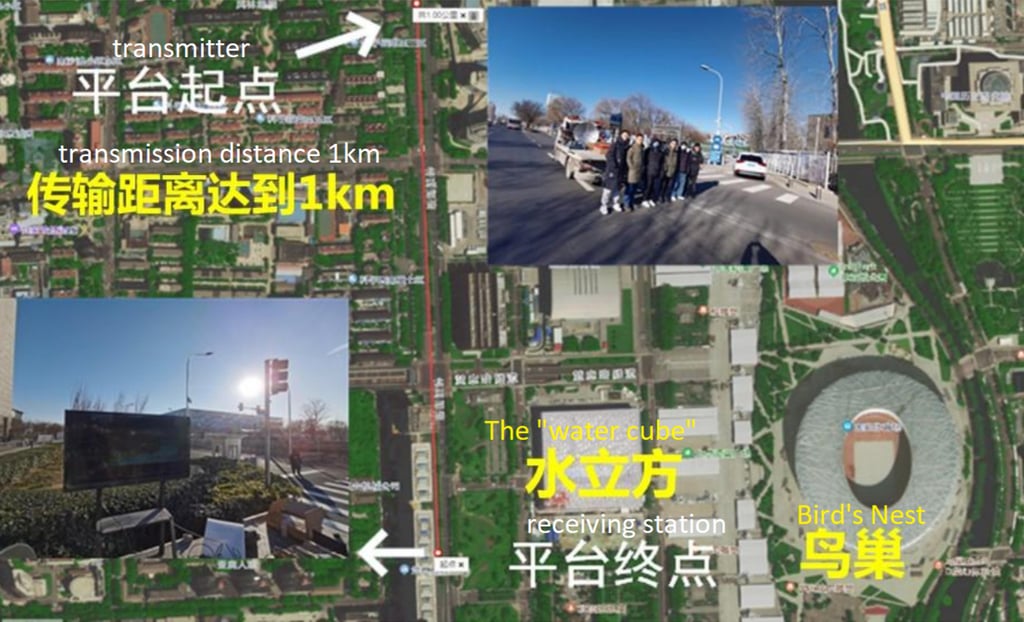Race to 6G: Chinese researchers declare data streaming record with whirling radio waves
- Experimental wireless line set up in Winter Olympics compound could stream over 10,000 high-definition live video feeds simultaneously, says Beijing research team
- ‘It is about introducing a new physical dimension, which can lead to a whole new world with almost unlimited possibilities,’ according to 6G researcher

Using vortex millimetre waves, a form of extremely high-frequency radio wave with rapidly changing spins, the researchers transmitted 1 terabyte of data over 1km (3,300 feet) in a second.

The vortex waves, unlike anything in radio communication over the last century, added “a new dimension to wireless transmission”, said Zhang and his collaborators from Shanghai Jiao Tong University and China Unicom.
They said the experiment suggested China was “leading the world in research on potential key technologies for 6G”.
Existing mobile devices use electromagnetic waves that spread like ripples in a pond for communication. Information is represented by the “up and down” of these waves, which – from a mathematical point of view – have just two dimensions.